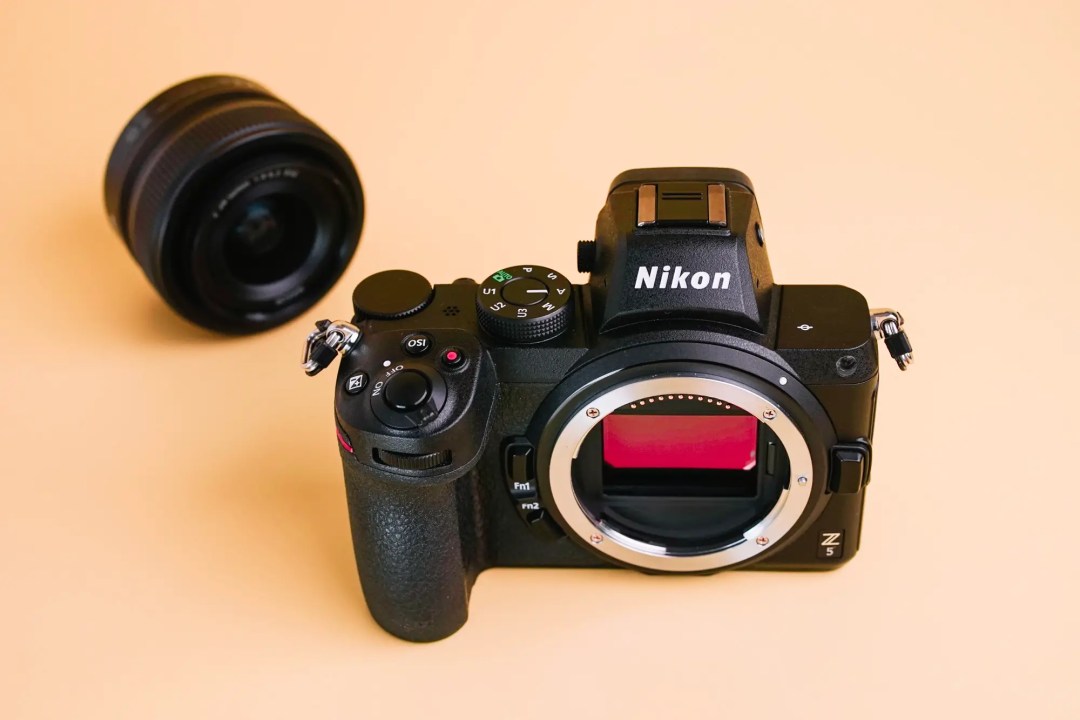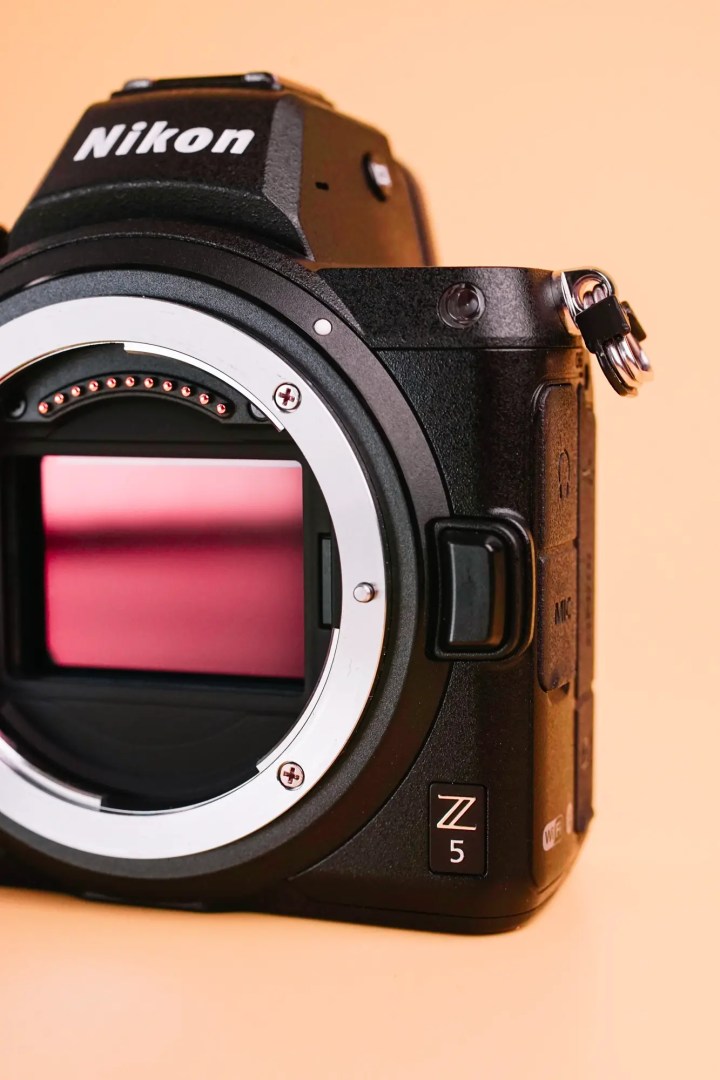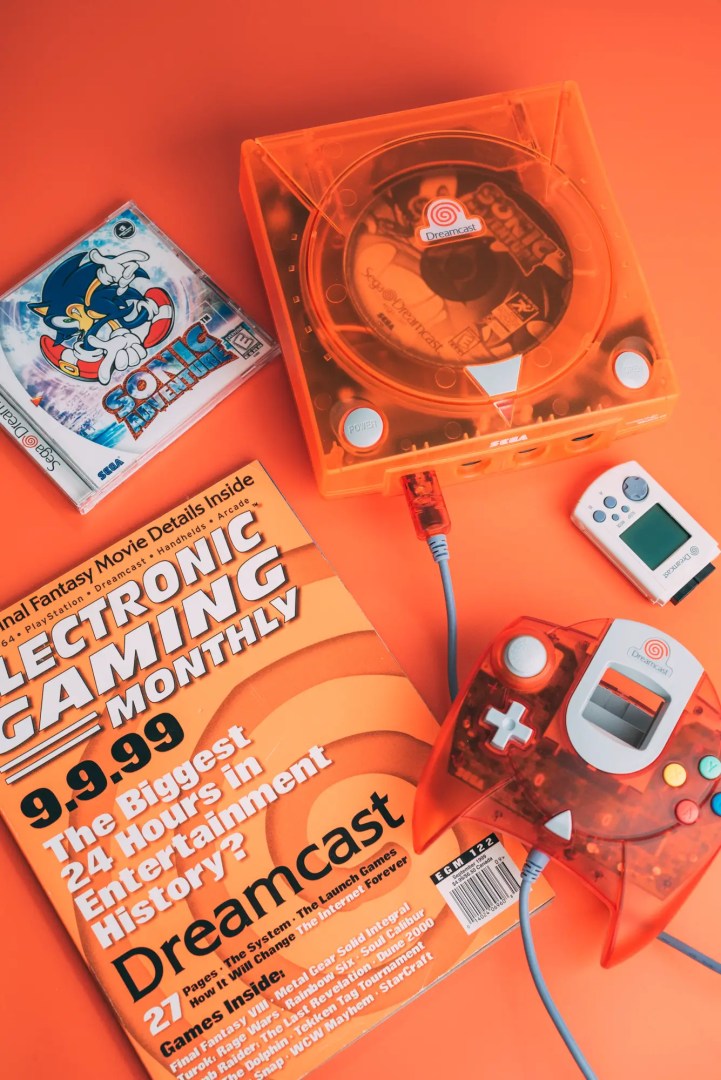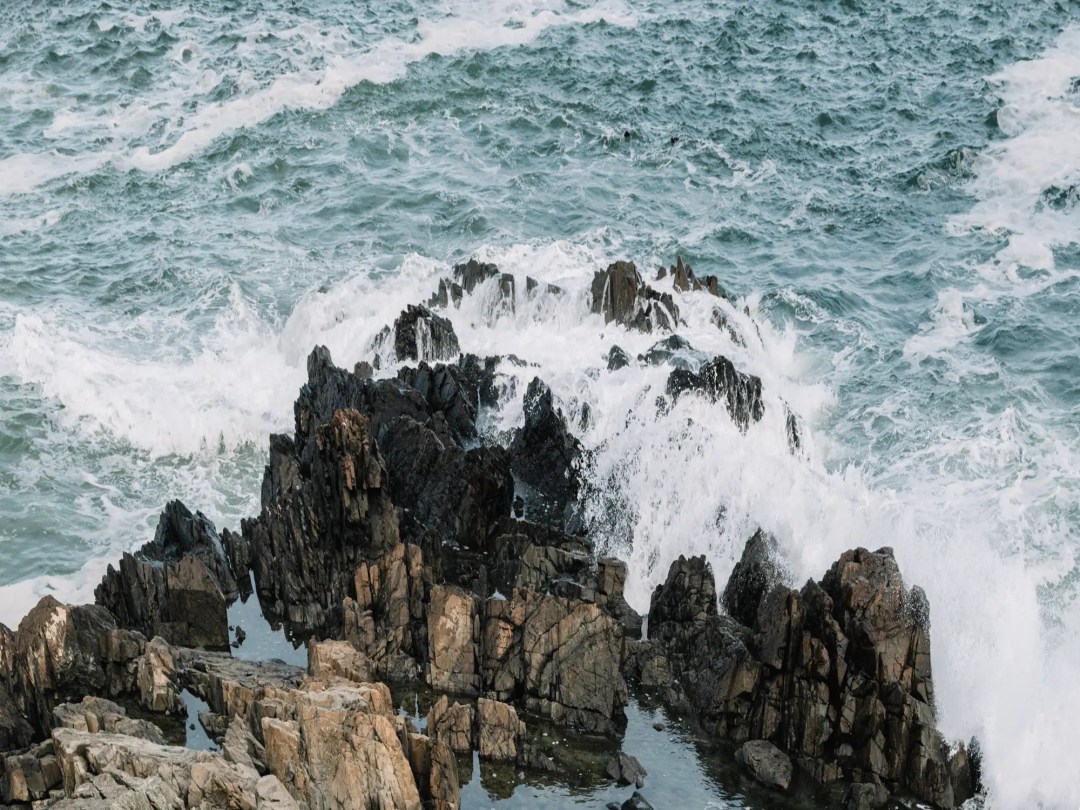A good friend of mine recently messaged me with a question. “What’s the best entry-level full frame mirror-less camera I can buy new today?” Having just gone through the tedious process of determining this for myself mere months before, I had the answer ready to go. It’s the Nikon Z5.
Compared to the entry-level full frame mirror-less cameras of Nikon’s nearest competitors, the Canon EOS RP, the Sony a7II, and the Panasonic Lumix S5, The Nikon Z5 beats them all in both technical specifications and, importantly, price. And while the differences in the spec sheets are in some places marginal, there is a clear winner in the end.
So let’s compare the Nikon Z5 with the very similar cameras mentioned previously, with specific focus on what makes the Z5 the one to buy.
Specifications of the Nikon Z5
- Image Sensor: 24.3 MP FX BSI Sensor, 5.9µ pixel size
- Sensor Size: 35.9 × 23.9mm
- Resolution: 6016 x 4016
- Native ISO Sensitivity: 100-51,200
- In-Body Image Stabilization: 5-Axis
- Processor: EXPEED 6
- Dust Reduction: Yes
- Weather Sealing: Yes
- Body Material: Magnesium Alloy
- Shutter Speeds: 1/8000 – 30 seconds
- Shutter Durability: 200,000 cycles, self-diagnostic shutter
- Storage: 2× SD UHS-II
- Viewfinder: 3.69 Million Dot OLED Electronic Viewfinder
- Viewfinder Coverage: 100%
- Viewfinder Magnification: 0.8×
- Continuous Shooting Speed: 4.5 FPS
- Built-in Flash: No
- Autofocus System: Hybrid PDAF, 273 Focus Points
- AF Sensitivity Range: -2 to +19 EV (-3.5 to +19 EV with low-light AF)
- LCD Screen: Touch-enabled 3.2″ Tilting LCD with 1.040 Million Dots
- Movie Mode: 4K UHD @ 30 FPS, 1.7x crop
- HDMI Output: 8-bit 4:2:0, no N-Log
- Silent Photography Mode: Yes
- Intervalometer: Yes
- Focus Stacking: Yes
- In-Camera HDR Capability: Yes
- WiFi / Bluetooth: Yes
- Battery Type: EN-EN15c
- Battery Life: 470 shots (CIPA)
- USB Standard: Type-C 3.1
- Weight and Dimensions: 590 g (Body Only); 134 × 100.5 × 69.5 mm
- Price: $996
Experienced photo nerds will likely browse that spec sheet and settle on the last line of data – the price. It’s surprisingly low.
That we can get a camera this good for $996 is simply astonishing. And while $996 is a lot of money, no doubt, I can see by the specs that the camera we get for that money could satisfy the image-making requirements of most photographers for a long time to come. With a spec sheet that good, there’s very little reason to upgrade.

The Nikon Z5 Compared to the Canon EOS RP
Canon has their own entry-level full frame mirror-less camera, called the Canon EOS RP. And it’s a very good camera. But when we really dive into its spec sheet we start to see that it falls just short of the Nikon in a few key areas. Here’s a list.
Nikon’s Z5 has in-body 5-axis sensor-shift image stabilization which works in both stills photography and video modes. The Canon EOS RP does not have in-body image stabilization whatsoever. Instead, Canon offers lenses with built-in optical image stabilization (IS lenses). These lenses are bigger and more expensive than those without IS. When shooting video (but not in stills photography), the Canon uses software-based digital image stabilization. This sounds neat, but it also slightly degrades image quality.
Nikon’s Z5 can shoot 4K video at 30 fps, where Canon’s EOS RP records 4K only at 24fps. While this isn’t a massive win for the Nikon, it’s still a win. Both cameras, incidentally, record 4K at a 1.7 crop factor, which is a big reason to consider upgrading to a higher level camera – but now we’re getting away from entry-level pricing.
The Nikon’s electronic viewfinder has higher magnification than Canon’s, 0.8x compared to 0.7x, and the Nikon’s is made up of 3.69 million dots where Canon’s is 2.36 million. Another win for Nikon.
The Canon only has a single SD card slot compared to the Nikon’s two slots. This is important for anyone who wants to use this camera professionally, as it’s critical to have redundant backups of images that can’t be replaced. Think, weddings, engagement photos, senior portraits – working photographer stuff.
Nikon’s camera costs $5 less than Canon’s. Okay, that really shouldn’t factor. But again, that’s a free cup of coffee or two if we choose the Nikon.
The Canon EOS RP does actually edge out the Nikon in a few lines of the spec sheet. Its LCD display can flip entirely around to a front-facing configuration where the Nikon’s only tilts up and down, and the Canon’s image sensor offers a couple of additional megapixels (Canon’s EOS RP sensor records 26.2MP compared to Nikon’s 24.3MP). Canon’s burst mode fires at 5 FPS compared to Nikon’s 4.5 FPS.
For me, the data points dominated by the Nikon are more critical than those claimed by the Canon. And that’s why I chose the Z5.
The Nikon Z5 Compared to the Sony a7II
The camera that I used professionally before switching to the Nikon Z5 was, in fact, the Sony a7II. And I couldn’t be happier with the decision to switch. While Sony’s camera is excellent, the Nikon is just better. Here’s where we see that on the spec sheet.
Nikon’s camera does 4K video and Sony’s does not. It only shoots as high as 1080p. That’s worse than the Canon and an easy win for Nikon.
Nikon’s electronic viewfinder is better than Sony’s, too. Sony’s EVF has the same resolution as the Canon EOS RP, at 2.36m dots compared to the Nikon’s 3.69m.
The Nikon, as already mentioned, has two SD card slots. The Sony, like the Canon, has one.
Possibly a subjective assessment here, but after years of shooting the a7II I’m comfortable reporting that the ergonomics of the Sony are cramped and painful, especially for extended shoots. The Nikon is an ergonomic dream. Its grip, balance, size, and weight are all perfect, and its button layout is intuitive and clean.
The Sony’s finish and durability aren’t as high quality as the Nikon’s. My Sony’s rubber thumb grip peeled away after a year, and the SD card slot door has always been flimsy and weak.
But most damning of all for Sony’s machine is the price. The Sony a7II has a list price of $1,398. That’s $400 more than the Nikon Z5. So, you pay more for… less?
The Nikon Z5 Compared to the Panasonic Lumix S5
Of all the competition on this list, it’s the Panasonic Lumix S5 that comes closest to toppling the Nikon Z5. But that really shouldn’t be surprising, considering that the Lumix S5 has a list price of $1,997 (nearly double the cost of the Nikon). And even though Panasonic seems to run a perpetual sale on the S5, that sale price still never drops below $1,497 ($500 more than the Nikon).
This higher price point realistically places the Lumix S5 as competition for Nikon’s up-specced Nikon Z6, rather than the entry-level Z5. But I include it in this comparison to better illustrate the point that we get a lot for our money with the Nikon Z5. It even competes with cameras above its class.
When we compare the Nikon Z5 to the Panasonic Lumix S5, the only appreciable difference is that the Lumix can shoot 4K video at 60FPS. If we’re happy with 4K video at 30FPS, the Nikon does that for $500 less.
Sample Images Made with the Nikon Z5
(Just imagine what a good photographer could do with one!)
Final Thoughts
Truth be told, all of the cameras mentioned in this article are amazing machines. As I said to my friend when he asked which full frame mirror-less camera he should buy; nobody makes a bad full frame mirror-less camera. The Canon EOS RP, the Sony a7II, the Panasonic S5, and the Nikon Z5 are all world-class, and any of them would do anything that the everyday photo nerd requires. But if I had to pick one, it’s the Nikon.
If only by a narrow margin, the Nikon Z5 is truly the best value camera on the market right now. It’s more feature-dense than the entry-level full frame mirror-less camera from Canon, and a much better camera (and value) than the Sony a7II. The only camera that could beat it is the Panasonic Lumix S5, but that camera’s priced so high that I find it unfair to measure it against the Z5.
The best endorsement that I can give a product is to use that product myself. The Nikon Z5 is the camera that I chose. And I chose it because, simply put, it’s the best value full frame mirror-less interchangeable lens camera available today.


Follow Casual Photophile on Youtube, Twitter, Facebook and Instagram
[Some of the links in this article will direct users to our affiliates at B&H Photo, Amazon, and eBay. By purchasing anything using these links, Casual Photophile may receive a small commission at no additional charge to you. This helps Casual Photophile produce the content we produce. Many thanks for your support.]
































Nikon for ever 😉
I have a Sony … 😉 I have bought in 2017, I would prefer the Nikon, of course.
Best wishes for 2023.
Peace,
Health,
Happiness,
Success,
and everything you want 😉
Happy 2023 Year